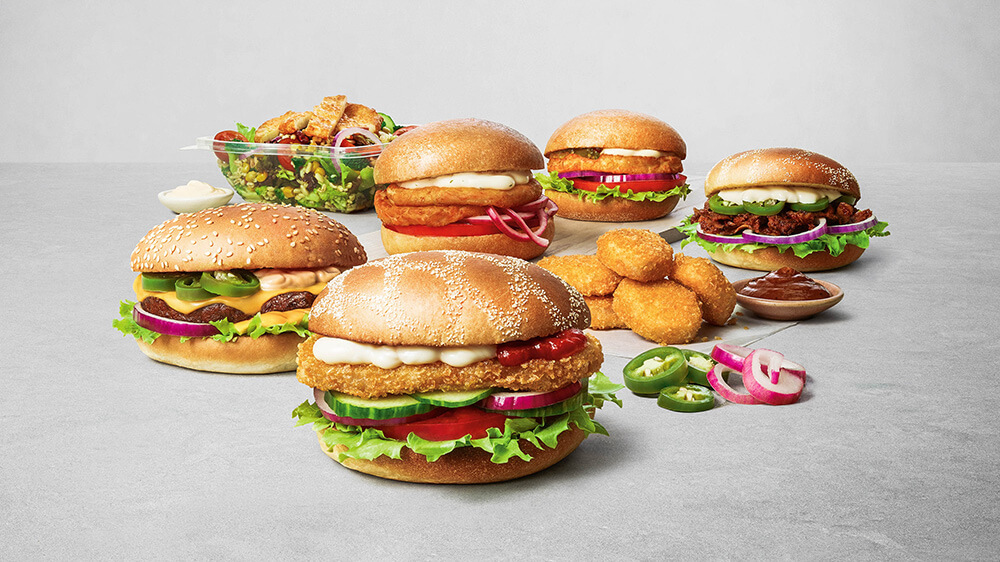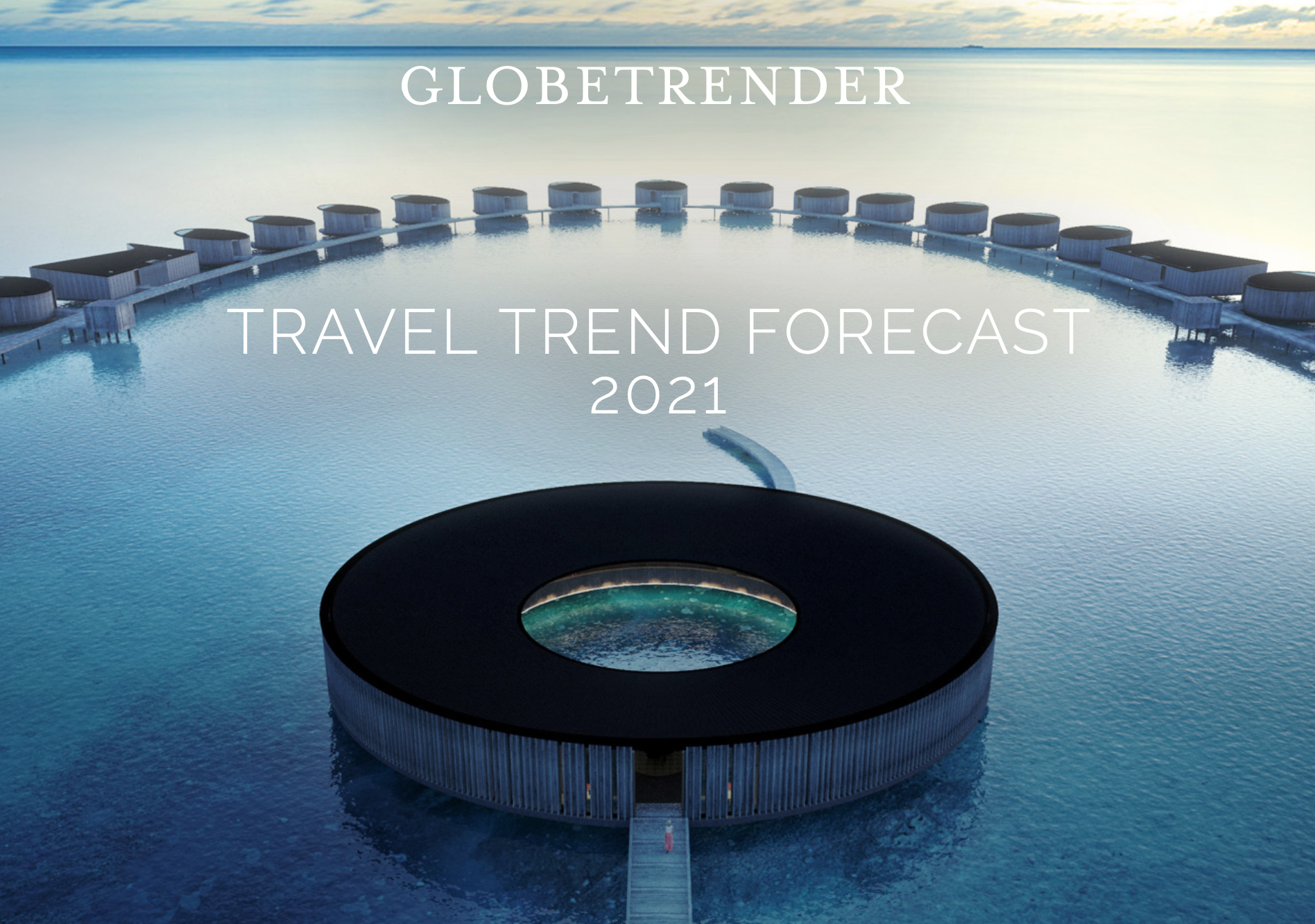Save the planet by eating a burger? Tuck into a ‘climate positive’ patty and bun from GROUND and you’ll be doing just that. Olivia Palamountain reports
GROUND is a new climate-positive burger brand from the Ethical Butcher and STAKEhaus founder Lily Bovey, which challenges the traditional assumption that the world’s favourite meat and bun combo is ruining our planet.
While every element of GROUND burger is made from impeccably sourced, premium ingredients, it’s real claim to fame is being “climate positive”. But what does this actually mean?
The term climate-positive relates to an activity that goes beyond achieving net zero carbon emissions to actually create an environmental benefit. It does this by removing additional carbon dioxide from the atmosphere.
“When most wealthy people think about their carbon footprint they’ll think about where their electricity and heat come from or what they drive… not so much about combine harvesters or processed meals or food waste,” writes academic Ruth Khasaya Oniang’o in The Guardian.
The truth is, the food system is one of the most polluting on the planet, with global production estimated to contribute 20–30 per cent of all greenhouse gases, 76 per cent of which is carbon dioxide. While industrial farming methods contribute towards that figure, regenerative agriculture methods work against it.
Simply put, by eating a GROUND burger you will be doing more to heal the environment than harm it. Pattys are made from dry-aged, 100 per cent pasture-fed beef (absolutely no soy or grain feeds are used) from four of the Ethical Butcher’s UK farms, all of which use rotational grazing methods that ensure carbon is naturally absorbed and the land is regenerated.
With this technique, cattle naturally move on to pastures new and give the land time to flourish (and absorb CO2), like their ancestors would have done on the Great Plains.
The other ingredients that make up a GROUND burger have all been sourced from companies that share the brand’s commitment to sustainable, environmentally positive food production.

The brioche bun is from Paul Rhodes bakery in Greenwich; cheddar cheese comes from Lye Cross Farm, the UK’s only PFLA (Pasture Fed for Life Association) certified cheese; the green chilies are grown in Cornwall and GROUND fries are made from Pierre Koffmann potatoes.
All packaging is either compostable or recyclable and, where possible, GROUND makes use of materials made from recycled products too. Meal kits will be available for nationwide delivery soon.
Climate positive dining
 Swedish restaurant chain, Max Burgers, was the world’s first food brand to launch a climate positive menu back in June 2018. Since then, restaurants have become much more transparent about their carbon footprint.
Swedish restaurant chain, Max Burgers, was the world’s first food brand to launch a climate positive menu back in June 2018. Since then, restaurants have become much more transparent about their carbon footprint.
In the US, the Sustainable Restaurant Group, which has restaurants in Portland and Denver, announced in May 2018 that it had become the first restaurant to know the carbon footprint of its entire supply chain, down to each menu item.
The “One Planet Plate” initiative from the Sustainable Restaurant Association (SRA) Restaurants, asks restaurants around the UK to add one dish to their menu that contains less or better-sourced meat, wastes no food or has a lower carbon footprint. Venues across the board participate in the venture, from Michelin-starred Northcote Manor and Hawksmoor to Leon.
Andrew Stephen, chief executive of the Sustainable Restaurant Association, says: “All our research tells us that consumers are crying out for some simple signposting to help them make menu choices that are good in every way.
“One Planet Plate gives chefs the chance to draw attention to one damned delicious dish that epitomises their ethos, and choosing it is a vote for the food future we want to see.”
Meanwhile, the new Cool Food Meals badge from the World Resources Institute shows people the most planet-friendly options on a restaurant’s menu.






